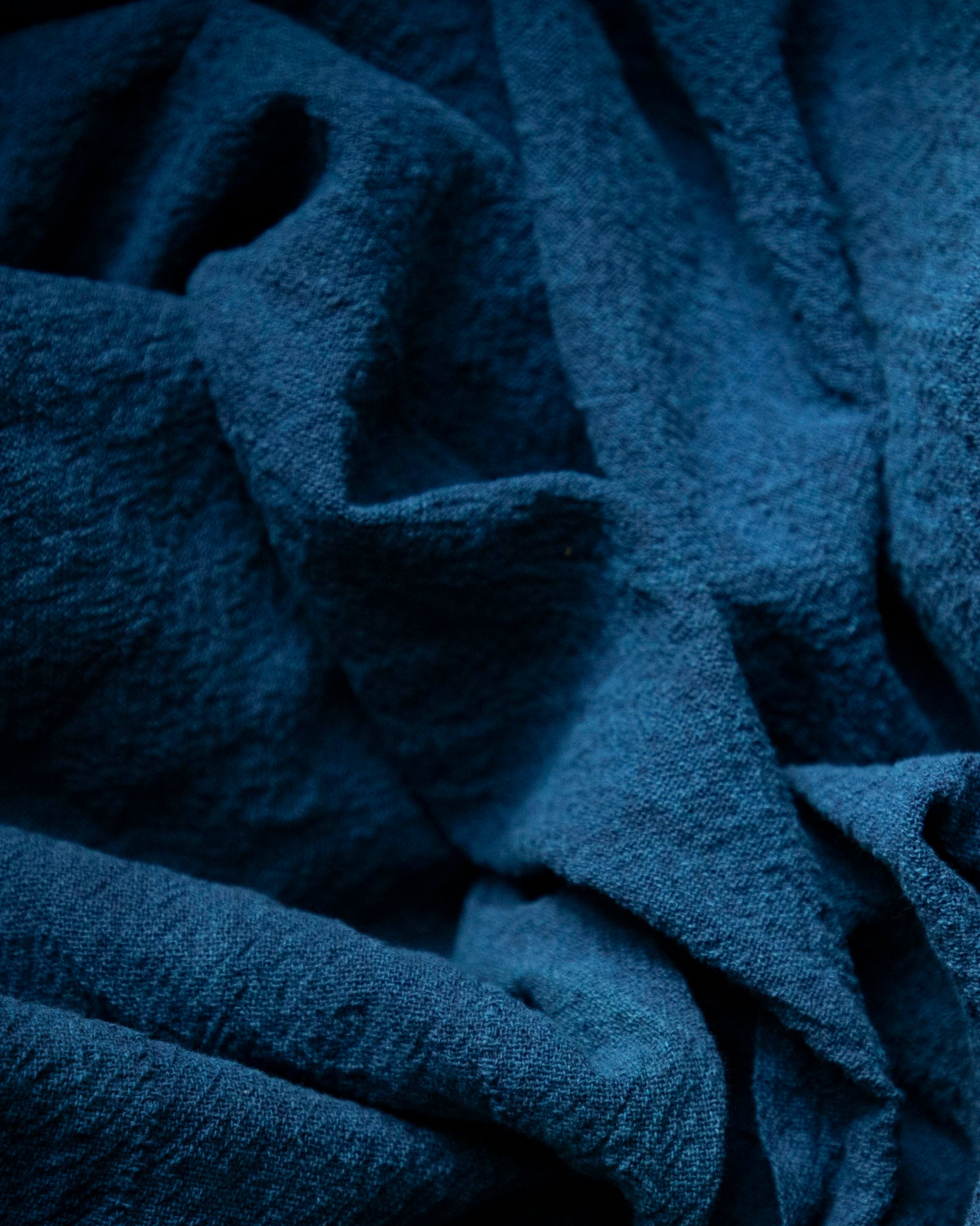The Enduring Allure of White in Weddings

The color white holds a place of profound significance in the tapestry of wedding traditions. Its presence evokes a sense of tranquility and timeless elegance, creating a visual harmony that resonates deeply with the spirit of matrimony. While often associated with the bridal gown, the true power of white extends far beyond attire, weaving through every element of a celebration to tell a story of new beginnings, purity, and unity. Understanding the rich, layered history of this color allows for a more intentional and meaningful curation of your wedding aesthetic.

A Journey Through Time: White's Evolving Meaning
The symbolism of white is not static; it has shifted and expanded across centuries and civilizations. Its association with weddings is a relatively modern development in the grand scheme of history, yet its core meanings have long been tied to profound concepts.
Ancient Roots: Purity and a Clean Slate
In ancient Rome, priestesses of the goddess Vesta, keepers of the sacred flame, wore white garments to signify their purity and devotion. This established an early connection between the color white and concepts of virtue and sanctity in Western culture. Similarly, in ancient Egypt, white was associated with joy and divinity, often worn during religious festivals and ceremonies to honor the gods. It represented a state of cleanliness, both physical and spiritual, making it a natural choice for sacred rites.

This idea of a "clean slate" is a powerful undercurrent in the color's history. White is the absence of color, a blank canvas upon which a new story can be written. This symbolism aligns perfectly with the start of a marriage, which represents a new chapter for a couple.
A Symbol of Status and Celebration
For much of history, a truly white garment was a luxury. Keeping fabrics pristine and free from stains required considerable resources, making it an outward display of wealth and social standing. Before the industrial age, textiles were dyed with natural pigments, but achieving a brilliant, lasting white was a difficult and expensive process.
When Queen Victoria chose a white gown for her wedding in 1840, her decision was as much about showcasing the exquisite craftsmanship of British lace and silk as it was about personal preference. This royal endorsement launched white into the forefront of bridal fashion, but its underlying message was one of prosperity and refinement. The ability to wear white for a single day was a testament to a family's status.

Weaving White into Your Wedding Narrative
Beyond the dress, white offers endless possibilities for creating a sophisticated and meaningful wedding atmosphere. Its neutrality provides a perfect canvas to layer with other colors and textures, allowing your personal style to shine.




The Language of White Florals
Flowers are a cornerstone of wedding décor, and white blooms carry their own unique symbolism.
-
White Roses: A classic choice, they symbolize true love, purity, and new beginnings. Their timeless elegance complements any wedding style, from a grand ballroom affair to a rustic garden celebration.
-
Peonies: These lush, full blossoms represent romance, prosperity, and a happy marriage. Their soft, cloud-like appearance adds a touch of luxurious romance.
-
Lilies: Often associated with majesty and honor, white lilies bring a sense of refined grace to bouquets and centerpieces.
-
Orchids: Symbolizing love, beauty, and strength, white orchids offer a modern and exotic touch.
- Lily of the valley: Held as a cherished symbol of purity, humility, unity, and renewal, this bloom imparts a delicate and understated elegance.
- White Sweet Peas: A symbol of joyful innocence, purity, and new beginnings. Their delicate, fluttering petals gracefully convey wishes of happiness for your shared journey ahead.

Creating Ambiance with White Décor
The strategic use of white in your décor can transform a space and set a serene, celebratory mood.
-
Linens and Drapery: Crisp white tablecloths create a clean, elegant foundation for hand-loomed textiles and table runners that add warmth to your tablescapes. Flowing white drapery can soften a venue, adding a dreamy, ethereal quality to the setting.
-
Candlelight: The soft glow of white candles tied with ribbon bows enhances the romantic atmosphere. Grouping pillar candles of varying heights can create stunning, dynamic centerpieces that feel both intimate and grand.
-
Stationery: Your wedding invitations are the first glimpse guests have of your celebration. A suite designed with beautiful handmade paper and elegant typography communicates a sense of classic sophistication from the very beginning.

Your Personal Connection to White
Ultimately, the meaning of white at your wedding is the one you assign to it. It can be a nod to tradition, a symbol of your hopes for a fresh start, or simply an aesthetic choice that reflects your love for clean, minimalist design. You might choose to incorporate heirloom white elements, like a grandmother’s lace handkerchief or your mother’s pearls, to weave your personal history into the celebration.

The enduring appeal of white in weddings lies in its beautiful simplicity and profound versatility. It is a color that speaks of peace, unity, and the pure potential of a shared future. By thoughtfully curating white elements throughout your celebration, you can create an event that is not only visually stunning but also rich with personal and historical significance, crafting a timeless reflection of your unique love story.




